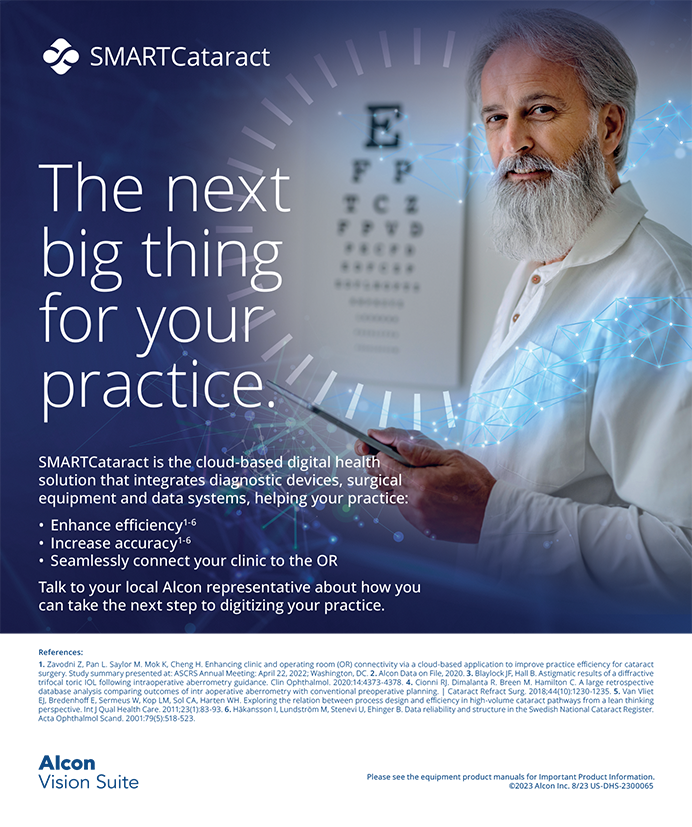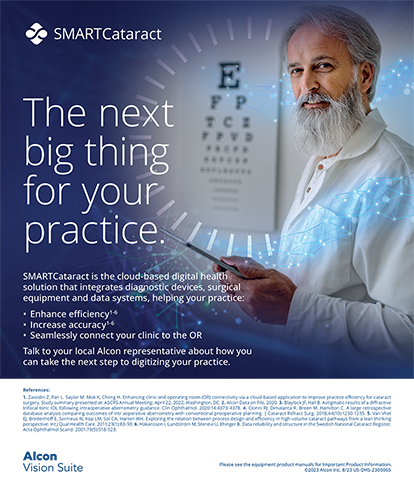How did you become a Top Gun pilot for the US Navy?
I have always been interested in aviation—I grew up watching NASA and the space program—but I also had an interest in medicine. When I graduated from college, I talked to a recruiter about becoming a pilot in the US Navy. I joined, promising myself that I would go to medical school later. I was confident that I could fulfill both goals, but being a pilot had to come first, because it takes many years to complete medical education, and flying in the military requires a measure of youth.
For the next several years, I flew F-14 Tomcat fighters onboard the USS Ranger and graduated from the US Navy Fighter Weapons School (Top Gun). Just as I was nearing the end of my tour of duty flying F-14s and started applying to medical schools, I was invited to be a Top Gun instructor, an incredible honor I could not pass up. By the time I finished my tour at Top Gun, I had achieved everything I wanted in aviation and was ready to study medicine, my other lifelong interest.
Why did you decide to specialize in ophthalmology?
My decision to become an ophthalmologist, and later, a refractive surgeon evolved naturally from my past experiences. I became interested in ophthalmology when I realized how important excellent vision is for pilots, especially in air combat situations. As a medical student, I conducted an analysis of how well pilots could visually detect air-to-air missiles,1 a project that not only solidified my interest in ophthalmology but also became the basis of a computer model and training programs used by Top Gun.
I decided to become a refractive surgeon for the same reason I wanted to be a pilot: I love working with the latest, hottest, and most sophisticated technology. For instance, I appreciate that a computer-controlled excimer laser can sculpt the cornea and correct refractive errors with a very high level of precision.
How did your research shape the US Department of Defense's policy on refractive surgery?
Before I started researching photorefractive keratectomy (PRK)—LASIK was still 5 years away—the US military did not have a refractive surgery program. The program I established at the Naval Medical Center in San Diego has since expanded to more than 20 refractive centers run by the Department of Defense. My research demonstrated that we could expand the pool of applicants for many jobs and select better-qualified individuals by offering candidates laser eye correction.
We held off performing LASIK in aviators until recently, because an unpublished analysis showed that conventional PRK produced a slightly but significantly better quality of vision than conventional LASIK. I was convinced that LASIK was safe for pilots only after studies showed that patients could achieve clearer, crisper vision with the combination of a femtosecond laser flap and wavefront-guided ablation than they could achieve with conventional procedures.2
Over the years, I have received phone calls and e-mails from people who realized their dream of becoming pilots because they were allowed to undergo refractive surgery. I am very proud of my contributions to the Department of Defense's refractive surgery program.
How are your private patients different from those you treated in the navy?
Actually, they are very similar. They have the same visual requirements, demands, and expectations for refractive surgery. Because many of my private patients are older than those I treated in the military (in their late vs early 30s), I see more presbyopia. In addition, I have more patients with higher degrees of myopia (the standard cutoff in the military is -8.00 D).
How do you think refractive surgery will change in the next 10 years?
I believe the refractive surgery community will continue to develop new techniques and technologies for improving patients' outcomes. Although LASIK has improved substantially over the past 10 years, I see public perception catching up to this reality when innovations such as the femtosecond laser and wavefront-guided technology make their way into the lay press. As a private practitioner, I plan to continue my research and contribute to the ophthalmic community as I have in the past.


